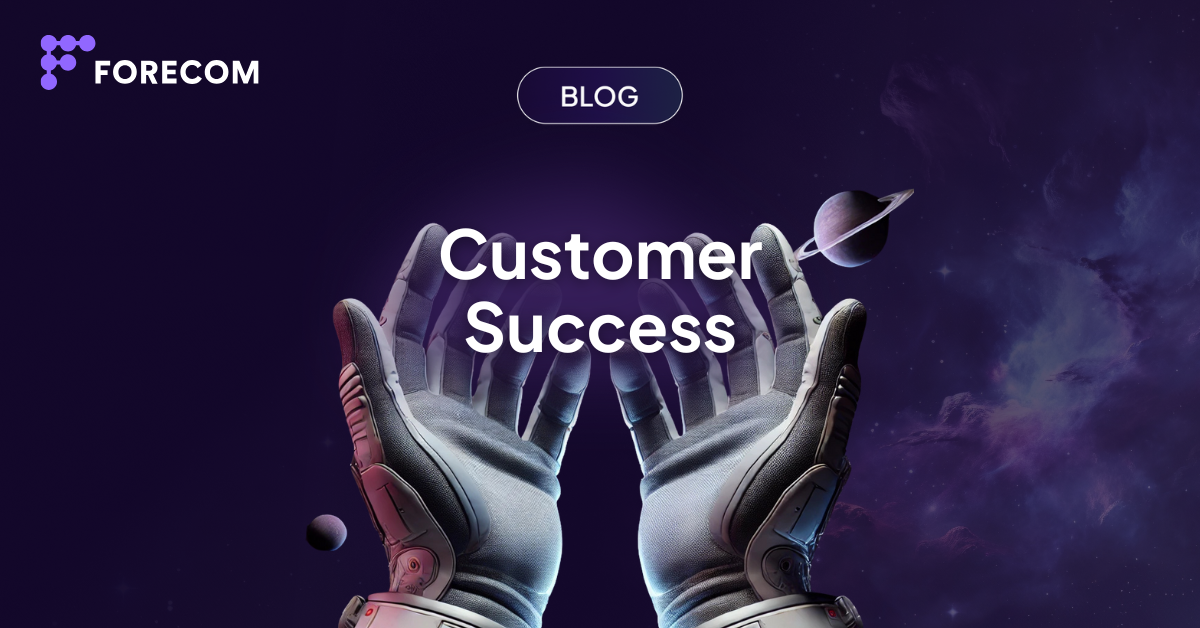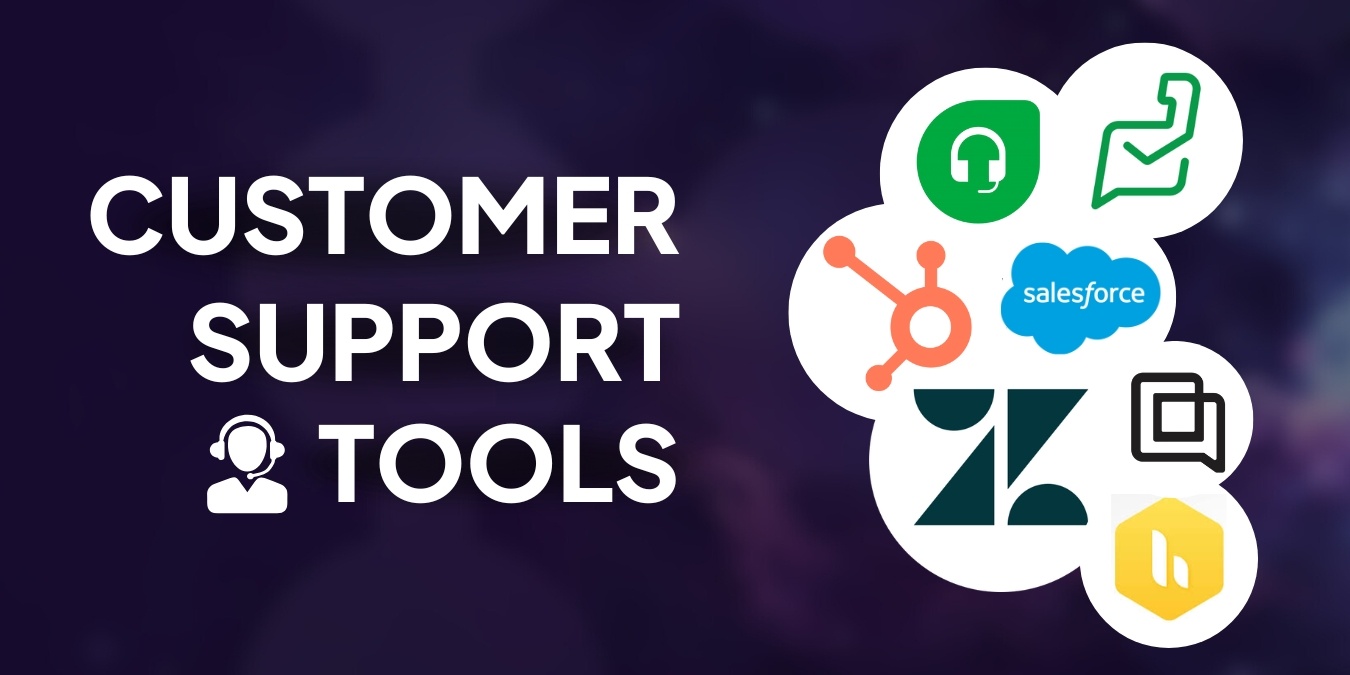In this article, we will talk about "social selling" and its relevance in today's digital landscape. We'll explore actionable strategies, highlight potential pitfalls, showcase real-world case studies and offer a comprehensive guide to mastering social selling effectively.
Content
Introduction: The Evolution of Social Selling
Why Social Selling is More Than Just Being on Social Media
The Five Pillars of Effective Social Selling
Potential Pitfalls of Social Selling
Social Selling in Action: Case Studies
Introduction: The Evolution of Social Selling
Traditional Selling: The Bedrock
Decades ago, sales were built on face-to-face interactions. Think of door-to-door salespeople, for instance. They walked miles with their product catalogs, striking conversations, and building relationships. This method was tangible, direct, and personal. The salesman would read the room, understand the buyer's mood, and tailor the pitch accordingly. The process, while effective for its time, was labor-intensive and restricted to a limited audience.
Traditional selling was further propelled by cold calls and networking events. The reliance was majorly on interpersonal skills, understanding buyer psychology, and sometimes, the art of persuasive speaking.
The Digital Shift
As the internet era dawned, businesses rapidly realized the potential of reaching a global audience from their desk. Emails replaced door knocks, and websites became the new product catalogs. However, these were still one-dimensional approaches. The 'social' element was missing.
Birth of Social Selling
Enter the age of social media. Platforms like LinkedIn, Twitter, and Facebook weren't just places to share personal updates or photos anymore. They were becoming bustling marketplaces and platforms for thought leadership. Sales professionals recognized the potential of these platforms for business growth.
Initially, many mistook social selling as merely opening an account on every possible social platform and posting product advertisements. But pioneers understood it was much more nuanced. Social selling was not about bombarding audiences with sales pitches. It was about listening, engaging, and building relationships in digital realms.
While traditional selling was about pushing a product or service, social selling was about pulling audiences into meaningful conversations. It was about establishing trust, authority, and a sense of community.
Why the Evolution Matters
Understanding this evolution is not just about recognizing the shift from physical to digital. It's about realizing how the core of selling has always been about building relationships. While the tools and platforms have changed, the essence remains the same: people buy from people they trust.
Why Social Selling is More Than Just Being on Social Media
In today’s world, almost every brand has some kind of social media presence. However, simply being on social media doesn't necessarily translate to successful social selling. Let's debunk this myth and dive into the depths of what truly differentiates mere online presence from genuine social selling.
Presence vs. Engagement
When social media first started gaining traction in the business world, many brands rushed to establish their online 'presence'. They set up profiles, posted content sporadically, and hoped that customers would find them. But as the digital landscape became more saturated, it became clear that mere presence was not enough.
Imagine walking into a store where the salespeople ignore you, or worse, incessantly shout sales pitches at you. You'd probably walk out. This scenario isn’t much different from brands that merely exist on social media without genuine engagement. Effective social selling is about active engagement — initiating conversations, responding to queries, and fostering genuine interactions.
Crafting a Meaningful Digital Relationship
- Listening First: Before diving into selling, take a step back and listen. What are your potential customers talking about? What are their pain points, needs, and desires? This insight is invaluable in shaping your selling approach.
- Providing Value: Instead of constantly promoting products, share content that educates, entertains, or inspires. This could be in the form of blog posts, infographics, webinars, or even simple tips.
- Authentic Conversations: Automated responses and scripted messages are easy to spot. Instead, personalize your interactions. Remember, people want to talk to humans, not faceless brands.
- Nurturing Over Time: Building trust doesn't happen overnight. It's a result of consistent, meaningful interactions over time.
Sales in the Age of Information Overload
Today’s consumers are smart. They have a plethora of information at their fingertips and can easily see through hollow sales tactics. In this age of information overload, authenticity stands out. The goal isn’t to make a quick sale, but to create a loyal customer base that trusts your brand and turns to you when they're ready to make a purchase.
The Five Pillars of Effective Social Selling
Every art form is grounded in principles, and social selling is no exception. While tactics and strategies might change with platforms and algorithms, the foundational pillars remain steadfast. Let’s delve into the essential components that underpin the modern art of social selling.
1. Personal Branding: Crafting a Narrative That Sells
The age-old saying, "People buy from people they trust," has never been more relevant. In the digital space, your personal brand is your first handshake, your first impression.
- Authenticity: Be genuine in your communications. Your audience can differentiate between authentic content and a fabricated online persona.
- Expertise: Sharing insightful content, opinions, and relevant news showcases your knowledge in the field, positioning you as a go-to expert.
- Consistency: Regular updates and engagement are key. This doesn’t mean daily sales pitches but sharing stories, experiences, and valuable content that align with your brand message.
2. Engagement Not Promotion: Building Two-Way Conversations
- Value Over Volume: It's better to have meaningful conversations with a few potential clients than spamming hundreds with sales pitches.
- Ask and Listen: Instead of only speaking, ask questions. Conduct polls, solicit feedback, and truly listen to what your audience has to say.
- Community Building: Host webinars, Q&A sessions, or live chats. Make your audience feel they're part of a community rather than just potential sales targets.
3. Data-Driven Decisions: Utilizing Insights
The beauty of the digital age is the abundance of actionable data.
- Analyzing Engagement: Dive into likes, shares, comments, and most importantly, conversion rates. This will give you an understanding of what resonates with your audience.
- Adapting Strategy: If a post or strategy doesn’t work, pivot. The digital realm rewards adaptability.
- Predictive Analysis: Use tools and platforms that offer predictive analysis to forecast trends and tailor your strategies accordingly.
4. Relationship Building: Strategies to Foster Long-Term Connections
In social selling, the end of a sale is just the beginning of a relationship.
- After-Sale Engagement: Keep in touch with your clients even after a sale. Offer support, check in on their experience, and ask for feedback.
- Loyalty Programs: Consider introducing loyalty programs or referral bonuses. It’s a way to say 'thank you' and encourage repeat business.
- Personal Touch: Sometimes, a simple personalized message or gesture can make all the difference. Remember important dates, or send a note appreciating their business.
5. Continuous Learning and Adaptation: Staying Ahead of the Curve
The digital landscape is ever-evolving. What works today might not work tomorrow.
- Education: Invest time in learning. Attend workshops, participate in webinars, and stay updated with the latest trends.
- Experimentation: Don’t be afraid to try out new platforms or strategies.
- Feedback Loop: Encourage feedback from peers, team members and customers. They offer a fresh perspective that can lead to continuous improvement.
Potential Pitfalls of Social Selling
The realm of social selling, while brimming with opportunities, is also riddled with pitfalls that can derail even the most well-intentioned strategies. As we navigate the digital landscape, being cognizant of these potential hazards can arm us with the tools to sidestep them effectively.
1. Misunderstanding the Platform or Audience
Each social media platform has its unique culture, audience demographics, and unwritten rules.
The Mistake: Assuming a one-size-fits-all strategy for all platforms.The Solution: Understand the specific nuances of each platform. Tailor your approach based on whether your audience on a given platform prefers long-form content, visuals, professional insights, or casual conversations.
2. Over-Promotion or Being Too Salesy
The line between informative and intrusive can be thin in the world of social selling.
The Mistake: Turning every post or interaction into a sales pitch, which can quickly deter followers.The Solution: Practice the 80/20 rule. 80% of your content should inform, educate, or entertain while only 20% should directly promote your products or services.
3. Neglecting to Build Genuine Relationships
Social selling is not just about the initial sale; it’s about fostering long-term relationships.
The Mistake: Focusing only on immediate conversions and neglecting post-sale interactions.The Solution: Engage with customers post-purchase. Ask for feedback, offer support, and ensure they feel valued even after the transaction is complete.
4. Ignoring Negative Feedback or Criticism
In the digital space, feedback—both positive and negative—is inevitable.
The Mistake: Deleting negative comments or responding defensively.The Solution: Address criticism professionally. Apologize if necessary, offer solutions, and take feedback as an opportunity to improve.
5. Failing to Adapt
The dynamic nature of social platforms requires constant vigilance.
The Mistake: Sticking to a stagnant strategy without considering evolving algorithms, trends, or audience behavior.The Solution: Regularly review analytics. Adapt your strategy based on what’s working and phase out what isn’t.
6. Over-automation
While automation tools can be a boon, they can also strip the 'social' out of social selling if overused.
The Mistake: Automating every aspect, from posts to replies, leading to impersonal interactions.The Solution: Use automation judiciously. While scheduling posts is efficient, ensure replies, especially to queries or feedback, are genuine and human.
7. Not Setting Clear Objectives
Every journey needs a clear destination, and social selling is no exception.
The Mistake: Engaging in social selling without clear, measurable objectives.The Solution: Set SMART (Specific, Measurable, Achievable, Relevant, Time-bound) goals. Whether it's growing followers, increasing engagement, or boosting conversions, having clear objectives helps steer your strategy effectively.
Social Selling in Action: Case Studies
In this chapter, we'll explore diverse case studies that provide a glimpse into how businesses and individuals have harnessed the power of social selling, facing challenges, crafting strategies, and reaping outcomes.
Case Study 1: Small Business – A Local Coffee Shop
The Challenge: Standing out in a crowded market dominated by international chains.
The Strategy:
- Personal Touch: Sharing behind-the-scenes looks at coffee brewing, featuring loyal customers, and telling the local story.
- Community Building: Hosting local art exhibits and music nights, advertising them on social media, and encouraging attendees to share their experiences.
- Engaging Locally: Collaborating with local suppliers and cross-promoting on social media.
The Outcome: Increased local engagement, stronger community ties, and a growth in repeat customers.
Case Study 2: B2B – A Tech Startup
The Challenge: Building brand awareness and credibility in a competitive tech industry.
The Strategy:
- Thought Leadership: Regularly publishing insightful blogs, whitepapers, and hosting webinars on industry trends and challenges.
- LinkedIn Networking: Leveraging LinkedIn for connecting with industry leaders, engaging in relevant groups, and sharing personalized content.
- Customer Success Stories: Showcasing detailed case studies and testimonials to highlight the real-world application of their product.
The Outcome: Higher visibility among industry peers, a growth in qualified leads, and solidification of their reputation as industry experts.
Case Study 3: Influencer – A Fitness Coach
The Challenge: Building a following from scratch in a highly saturated fitness market.
The Strategy:
- Authentic Engagement: Sharing personal fitness journeys, struggles, and successes to build authenticity.
- Interactive Content: Creating workout challenges, hosting live Q&A sessions, and actively responding to followers' comments and messages.
- Collaborating with Brands: Partnering with relevant brands to offer discounts or promotions, expanding reach through cross-promotion.
The Outcome: A robust and engaged follower base, leading to increased enrollment in online coaching programs and various brand partnerships.
Case Study 4: Non-Profit Organization
The Challenge: Raising awareness and funds for a specific cause.
The Strategy:
- Storytelling: Sharing real-life stories of the people they've helped, utilizing visuals and emotive narratives.
- Social Media Campaigns: Launching hashtag campaigns encouraging followers to share their stories or show support.
- Collaborating with Influencers: Working with influencers who genuinely align with the cause to reach a broader audience.
The Outcome: Wider awareness, a boost in volunteer sign-ups, and substantial fundraising success.
Conclusion
As we’ve journeyed through the landscape of social selling, it’s evident that the digital realm has redefined the traditional tenets of sales and marketing. Gone are the days when sales were solely transactional, confined within the boundaries of store walls or conventional advertising channels. Today, sales and relationships go hand in hand, intertwining in the vast expanses of social media.
Several key takeaways emerge from our exploration:
- The Human Touch: Social selling underscores the importance of authenticity and genuine interactions. Customers yearn not just for products, but for connections and narratives they can resonate with.
- Strategic Navigation: Being present on social media is not synonymous with successful social selling. It’s about leveraging each platform's unique attributes, understanding your audience, and tailoring strategies to foster meaningful engagements.
- Continuous Adaptation: The digital realm is dynamic. To thrive, one must stay informed, be ready to pivot, and approach challenges as opportunities to learn and grow.
- Learning from Real Stories: Real-world case studies offer invaluable lessons. They shine light on practical challenges, innovative strategies, and triumphant outcomes that can inspire and guide our own endeavors.
In essence, social selling is not just a fleeting trend but a paradigm shift, highlighting the convergence of social media and commerce. It beckons businesses and individuals to be more than just vendors — to be storytellers, educators, listeners, and community builders.
FAQ
1. What is social selling?
Social selling refers to the practice of using social media platforms to identify, connect with, and nurture sales prospects. It's about building genuine relationships and using these platforms as a medium to answer questions, provide insights, and offer solutions in real-time.
2. How does social selling differ from traditional selling?
Traditional selling often relies on cold calls, face-to-face meetings, and physical advertisements. Social selling, on the other hand, harnesses the power of social media to find and engage with prospects, focusing on nurturing relationships and adding value rather than direct selling.
3. Which platforms are best for social selling?
While platforms like LinkedIn are commonly associated with B2B social selling, others like Twitter, Facebook, and Instagram can be equally effective, depending on your target audience and industry. It's essential to understand where your audience spends their time and tailor your approach accordingly.
4. Is social selling relevant for B2B businesses?
Absolutely. In fact, B2B sales professionals often find significant success on platforms like LinkedIn where they can establish thought leadership, share industry insights, and connect directly with decision-makers in various sectors.
5. Isn’t social selling just about pushing products on social media?
Not at all. Social selling emphasizes relationship-building and offering value. While the end goal may be a sale, the approach is about understanding prospects' needs, offering solutions, and positioning oneself as a trusted advisor rather than just a salesperson.
Topics: Sales


















